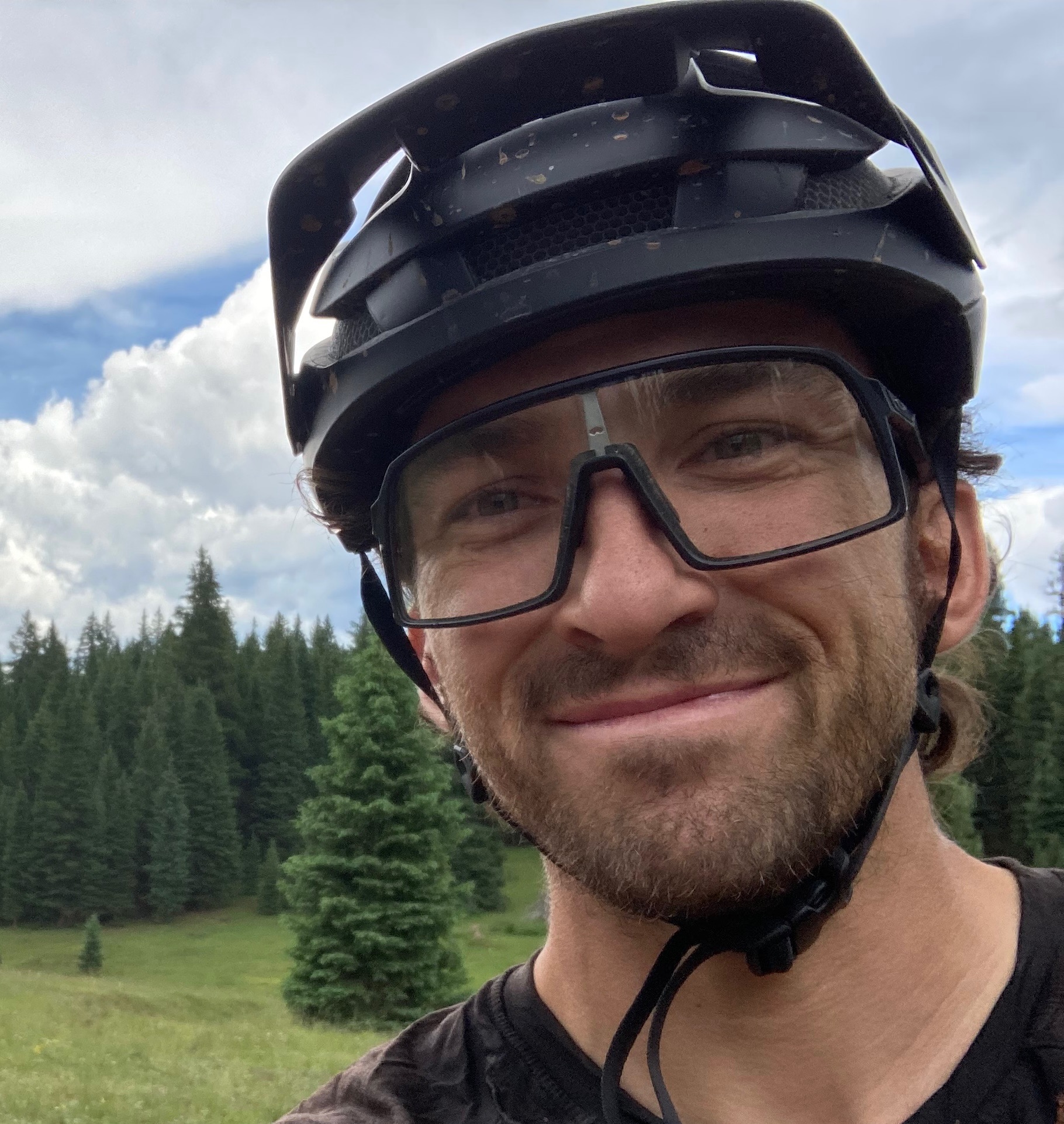Mineralogy Across Scales - Mapping the Subsurface for Advanced Mineral Exploration and Assessment
Date:
Abstract
Understanding the mineralogy and geochemistry of the subsurface is integral when exploring for and assessing mineral deposits. To achieve this, rapid acquisition and interpretation of data and the combination of heterogeneous data across scales and data types is needed. The ‘Mineralogy Across Scales’ program, a research project within the Center for Advanced Subsurface Earth Resource Models (CASERM), aims to develop fundamental knowledge that transforms the way geoscience data are used in the discovery and assessment of ore deposits. The use-inspired research is supported by a consortium of companies formed within the IUCRC program of the National Science Foundation.
Ongoing research comprises three tasks: (I) Instrumentation and workflow development; (II) data analysis, and interpretation using statistical and machine learning techniques, and (III) case studies. Industry members Minalyze and Neo are leading instrumentation vendors in the fields of continuous XRF and hyperspectral core scanning, respectively, and industry member Hitachi High-Tech Canada supports the project through state-of- the-art knowledge in scanning electron microscopy and automated mineralogy to advance applications in predictive mineralogy. Collaborative efforts with the National Center for Autonomous Technology and NEO allowed us to advance UAV-based hyperspectral imaging in mineral exploration and assessment. The integration of heterogeneous datasets is paramount to effectively model and visualize the subsurface in 3D. Together with CASERM members Minalyze, Hitachi High-Tech Canada, NEO, and the U.S. Geological Survey, we are working on efficiently solving the data co-registration problem, develop data clustering and masking algorithms, and advance hyperspectral data interpretation through spectral deconvolution using machine learning techniques. Case study sites include the the Grand-Island mining district and the Idaho Cobalt Belt.
Outcomes of the project include the development of workflows that improve our understanding of ore zonation, related alteration assemblages, and the occurrence, mineralogy and spatial distribution of ore and critical minerals in the subsurface. In addition to ore deposit studies, the research has implications to the characterization of waste rock piles and tailings.
